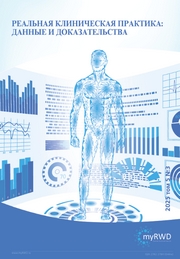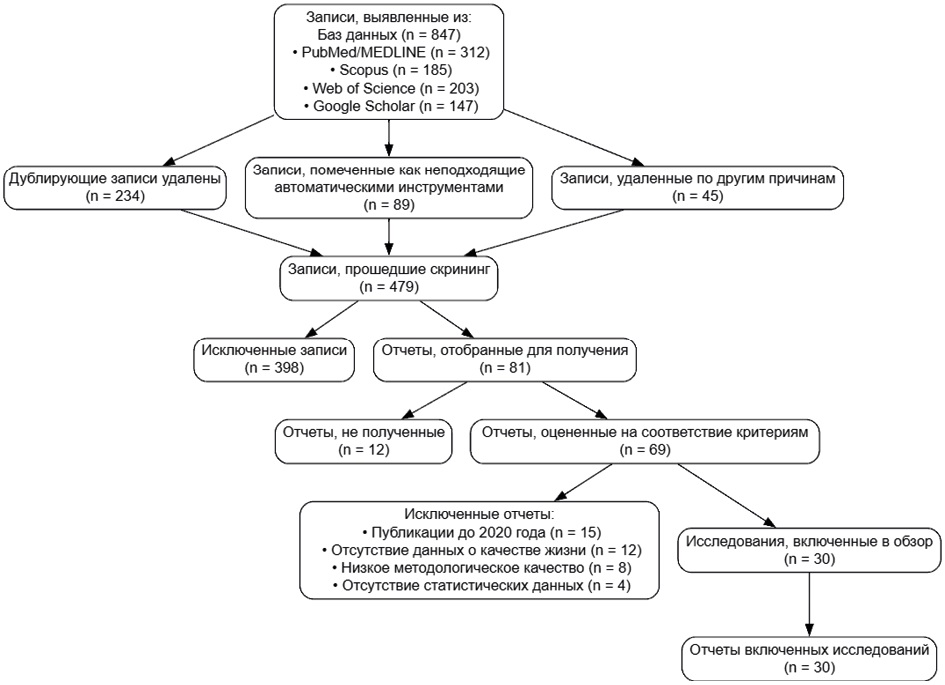Actuality. Third molar problems have a multifactorial negative impact on patients’ quality of life (QoL), affecting the medical, psychological, social, and economic aspects of life. A comprehensive assessment of this impact is a pressing task for optimizing dental care and improving patients’ quality of life.
Objective. This study conducted a systematic analysis of modern data on the impact of third molars on various aspects of QoL by assessing the influence of medical, psychological, social, and economic factors.
Materials and methods. A systematic review of the scientific literature was conducted from 2020 to 2025 using the PubMed, Scopus, Web of Science, and Google Scholar databases. The inclusion criteria included publications published after 2020 containing statistical data on the impact of third molars on patients’ lives. Content analysis was used to systematize the data using validated QOL assessment tools, including OHIP-5, PSQI, AIS, and ESS.
Results. It was found that 52 % of patients with third molar problems suffer from sleep disorders, with an insomnia score of 5.56±3.23 points on the AIS scale. The risk of developing caries of adjacent teeth increases by 1.39 times and root resorption by 6.51 times. The overall QoL score of patients with impacted molars is 0–14 points versus 0–11 in the control group (p<0.05). The economic analysis showed that conservative management is the costliest approach compared with prophylactic extraction. The strategy of preserving asymptomatic third molars provide cost savings for national health care systems.
Conclusions. Third molars have a significant negative impact on patients’ QoL through sleep disorders, dental complications, and psychosocial dysfunction. The constructed model of multifactorial impact allows predicting the need for various types of dental care and optimizing the health care system’s economic costs for third molar pathology treatment.










































